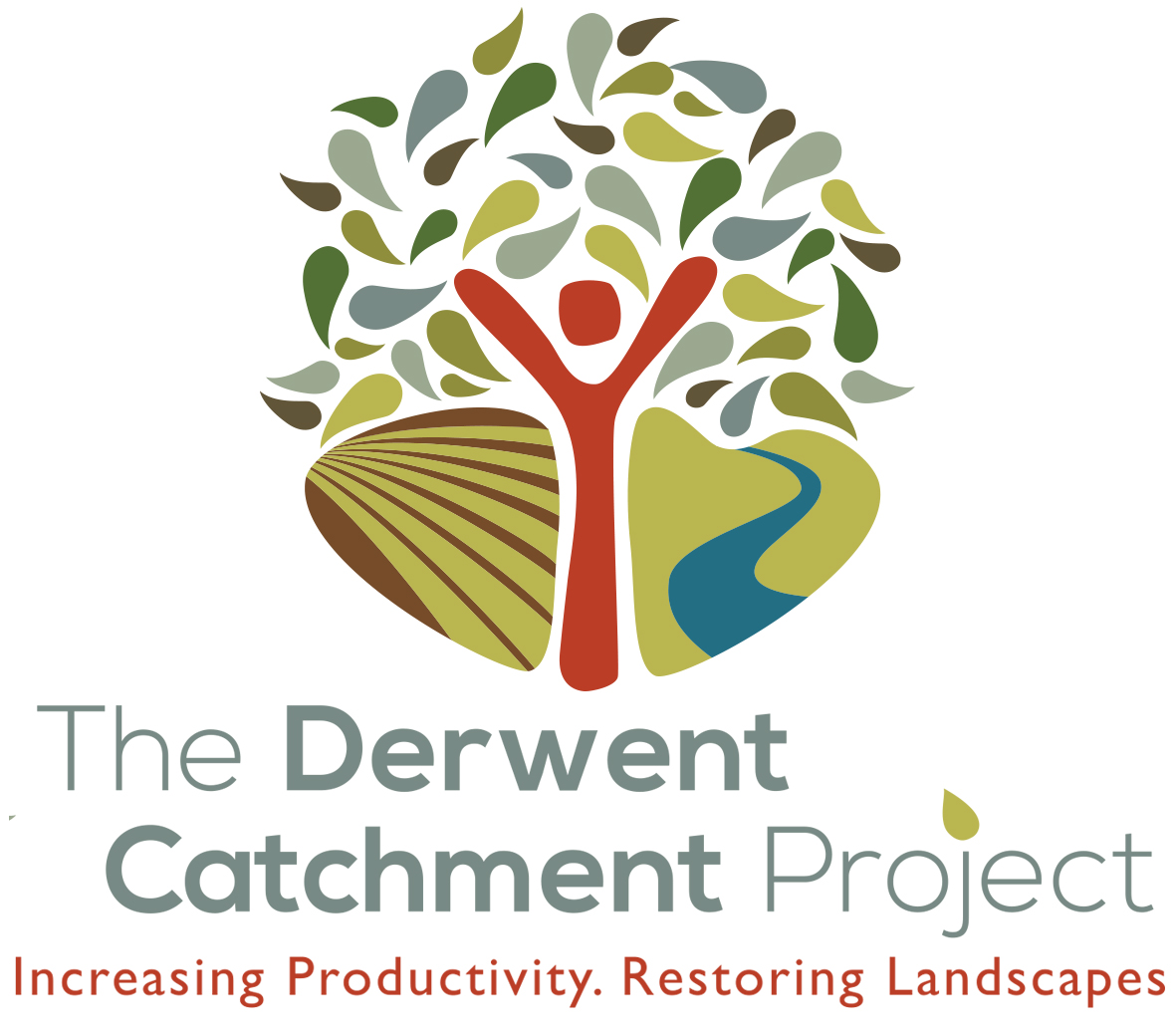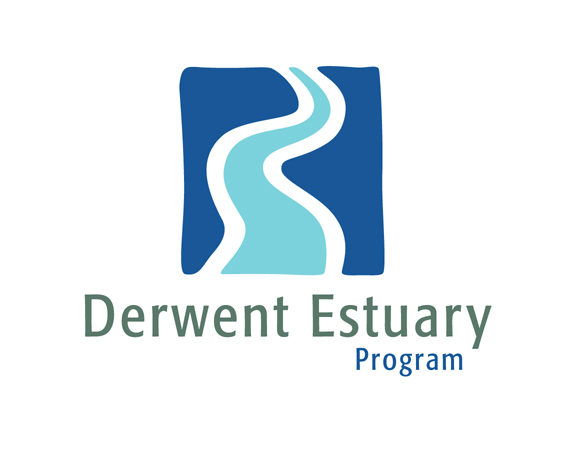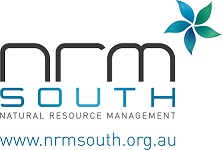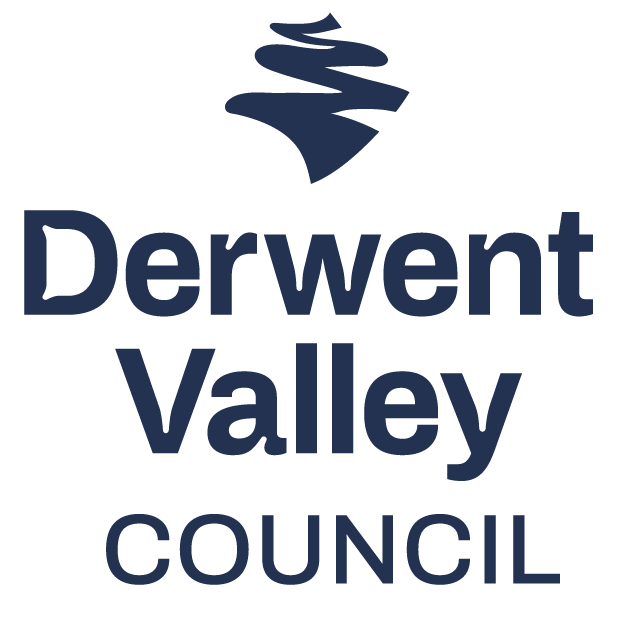Derwent Valley Council has a natural resource management program in place, which directly addresses a number of actions from Our Valley 2030 Community Strategic Plan.
- 3.1 - Promote community understanding of the benefits of environmental activities.
- 3.2 - Develop a sustainable land use strategy that facilitates considered growth and tourism while preserving and protecting our natural and built environment and strategic farming land.
- 3.4 - Build on the outcomes achieved from the Willow Warriors Willow Control Program.
- 3.5 - Continue the efforts of the Weed Management Plans to eradicate priority weeds through best practice weed management.
- 3.7 - Support and encourage sustainable agricultural programs.
- 3.8 - Collaborate to connect remnant vegetation.
This program of work is undertaken by Derwent Catchment Project on our behalf, in a partnership with Central Highlands Council.
Derwent Catchment Project
The Derwent Catchment Project is a grass roots community run organisation that aims to increase and improve the natural condition of the Derwent Catchment.
They actively work with Natural Resource Management organisations the Derwent Estuary Program and NRM South to deliver programs across the Derwent Valley and Central Highlands areas, covering about a fifth of the state.
The programs they deliver cover agricultural best practice; coordinated weed management; fire and flood recovery; river restoration; revegetation; conservation and strategic planning.
They have developed several short videos on land management topics to support community action, including The benefits of trees on farms, Willow Management, Tasmanian declared weed series and a Flood series. Watch here.
Learn more
Derwent Valley Roadside Weed Management Plan
Sustainable Growth in Agriculture and Tourism in the Derwent and Highlands
Find out more about their current projects including Bushfire recovery, their Flood Recovery series and the Derwent Valley Weed Management Program.
Derwent Valley Weed Management Program
Derwent Valley Council initiated and funded the development of the Derwent Valley Municipality Weed Management Strategy as a result of concern for the negative impact of weeds on the natural environment and primary production.
This strategy aims to provide the Council and community with direction concerning the effective and practical management of weeds in the municipality. It is hoped that this document will put the Council in a strong position to attract funding for community and council weed management activities. Read the Derwent Valley Weed Management Program.
Derwent Estuary Program
The Derwent Estuary Program is a partnership between state and local government and industry to make the Derwent a world class asset by sharing science for the benefit of nature, the economy and the community.
The Derwent Estuary Program coordinates a range of projects aimed at restoring and promoting the Derwent estuary around Hobart. Projects focus on four central themes: managing human pressures, protecting ecosystems, enhancing human uses, and promoting understanding, awareness and participation.
DEP provide testing and reporting throughout the year on various sites in the Derwent Estuary. The lastest results list the swimming site at New Norfolk Esplanade as 'Good'. View the full report.
Find out more and see how you can be involved when swimming, walking, fishing and boating around the Derwent Estuary.
NRM South
NRM South is responsible for identifying the region’s priorities for natural resource management, working with the community to prepare a regional NRM strategy and facilitating its implementation.
They deliver a range of projects and programs in Southern Tasmania with partners, councils, landholders and the community. They support community action, deliver a strategy that points the way for effective natural resource management, and form partnerships with others to help protect our productive landscapes, biodiversity, coastal and cultural assets.
Find out more about their programs looking at invasive species and weeds, Biosecurity and delivering a Natural Resource Management Strategy for Southern Tasmania.
